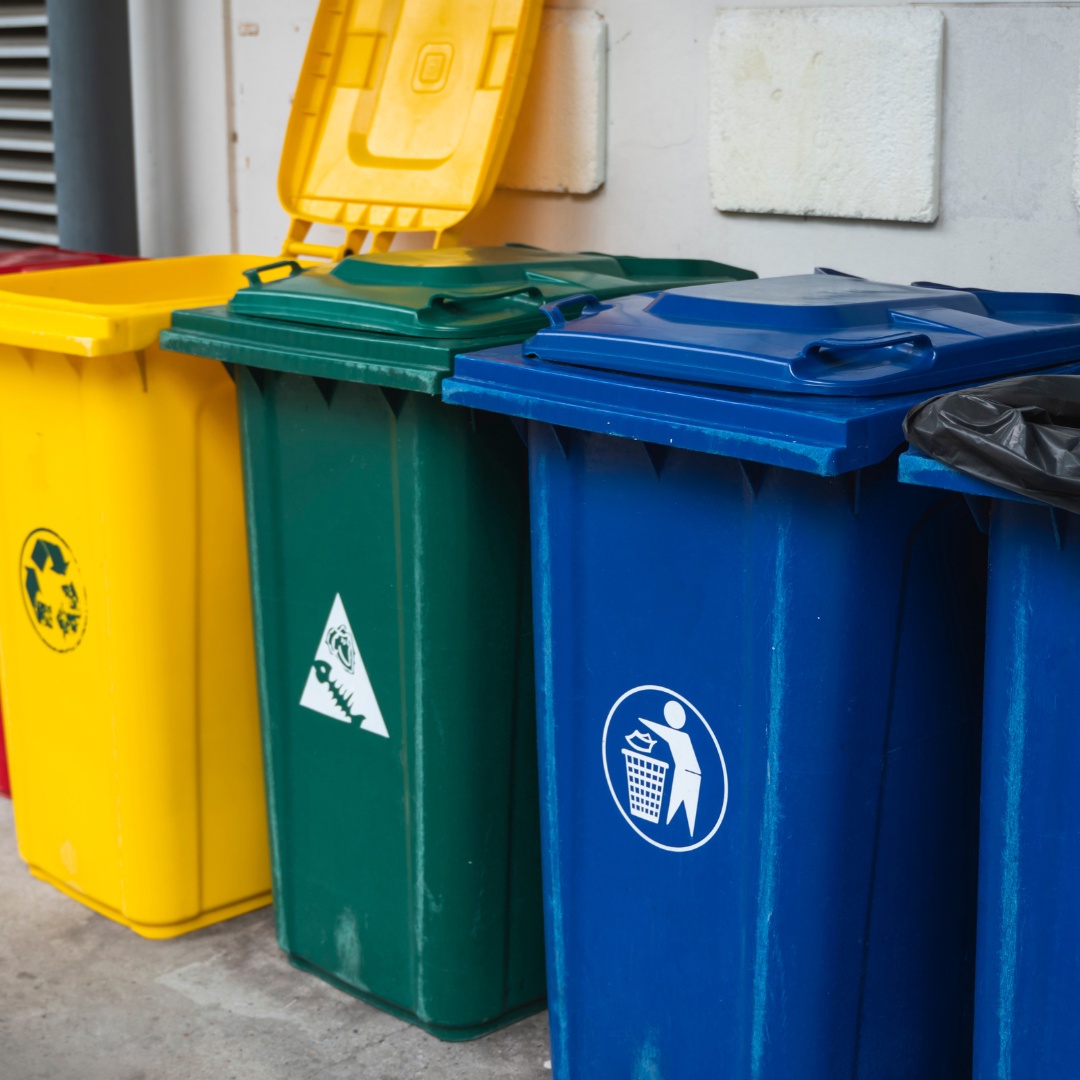Bin cleaning is a vital task that contributes to maintaining a hygienic and odour-free environment. However, it's crucial to prioritise safety during the cleaning process to ensure the well-being of both cleaning personnel and the community. Let's explore the safety measures and protocols that are implemented to guarantee a risk-free bin-cleaning operation.
Safety Measures in Bin Cleaning: Protecting People and the Environment
1. Personal Protective Equipment (PPE)
a. Protective Clothing:
Cleaning personnel wear appropriate protective clothing, including gloves, aprons, and coveralls, to prevent direct contact with waste and cleaning agents.
b. Eye Protection:
Safety goggles or face shields are worn to shield the eyes from splashes, chemical agents, and any debris that might be released during cleaning.
2. Chemical Handling and Storage
a. Safe Storage:
Cleaning agents are stored in secure containers away from direct sunlight and heat sources. Chemicals are kept out of reach of unauthorised individuals.
b. Proper Labeling:
All containers are labelled with clear and accurate information about the contents, usage instructions, and potential hazards.
c. Dilution Guidelines:
Cleaning agents are diluted adequately as per manufacturer recommendations to ensure effectiveness while minimising risks.
3. Waste Disposal
a. Segregation:
Different waste categories are adequately separated, and hazardous waste is disposed of following established regulations.
b. Proper Disposal Sites:
Waste is taken to designated disposal sites that adhere to waste management guidelines to prevent contamination.
4. Equipment and Machinery Safety
a. Regular Maintenance:
All cleaning equipment and machinery are regularly inspected and maintained to ensure safe and efficient operation.
b. Operator Training:
Cleaning personnel are adequately trained to operate machinery safely, reducing the risk of accidents.
5. Adequate Ventilation
a. Outdoor Cleaning:
Bin cleaning is preferably done outdoors or in well-ventilated areas to prevent the buildup of fumes.
b. Indoor Precautions:
When indoor cleaning is necessary, proper ventilation systems are used to minimise exposure to cleaning agents.
In summary, safety is paramount during bin cleaning to safeguard the health of cleaning personnel, residents, and the environment. Adhering to strict safety measures, such as using appropriate personal protective equipment, handling and storing chemicals correctly, following waste disposal guidelines, and ensuring proper equipment maintenance, contributes to a risk-free cleaning operation.
As communities prioritise cleanliness and hygiene, bin cleaning Sydney services are crucial in maintaining a healthy environment. By adhering to safety protocols, these services can effectively eliminate waste buildup, minimise odours, and prevent the spread of harmful bacteria. Furthermore, a commitment to safety ensures that bin cleaning not only enhances the overall cleanliness of the area but also upholds the health and well-being of everyone involved.


No comments yet